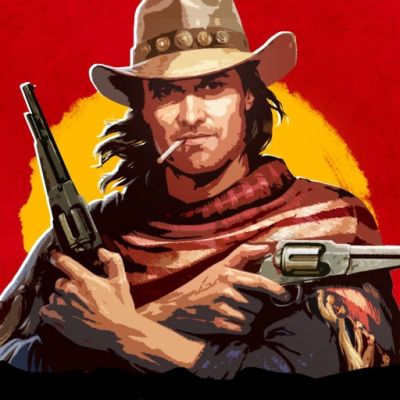

It wasn’t uncommon for women to dress in men’s clothes to prevent becoming victims of sexual violence.īecause of this, some historians have reduced overt queerness to crossdressing as a survival tactic and all Brokeback Mountain sexual partnering as a supply and demand issue.Sexual violence was a significant problem across the board.“Gay sex” wasn’t always seen as homosexual, just a necessity.Infamously lawless, the burgeoning area was too busy dealing with murders and dysentery to make Puritanical “masquerading laws” a priority, removing the legal leverage well-established cities used to subjugate queer bodies for offenses like ** checks notes** wearing a dress while male. Their tradition of accepting “two-spirits”-transgender, gender fluid, and/or non-binary tribe members-as treasured community members bled subtly into the culture of the West, creating cracks of space for other queer people to experiment.

Tribes like the Navajo and Cherokee were never moved by Christian colonizers’ binary dog-and-pony show, recognizing anywhere from four to six “genders” on average. Given the Wild West was built on the bones of indigenous tribal lands, its more relaxed approach to gender wasn’t surprising. This sprawl of undeveloped land drew hundreds of closeted men, women, and gender non-conforming folk from across the United States out of suburban hidey-holes, and into a difficult but liberating new ecosystem where survival meant more than gender norms. Hollywood has spent billions depicting the frontier as a gun-slinging frenzy of cisgender masculinity, but in reality, the Old West was one of the queerer places in America. If 19th-century trans “cowboy” Harry Allen hadn’t been assigned female at birth, John Wayne-or Elliot Page, if we’re casting looks-would have played him in a sexy biopic already. He was a skilled barroom brawler, trick shooter, and dashing womanizer known for having multiple mares in his stable at any given moment.


 0 kommentar(er)
0 kommentar(er)
